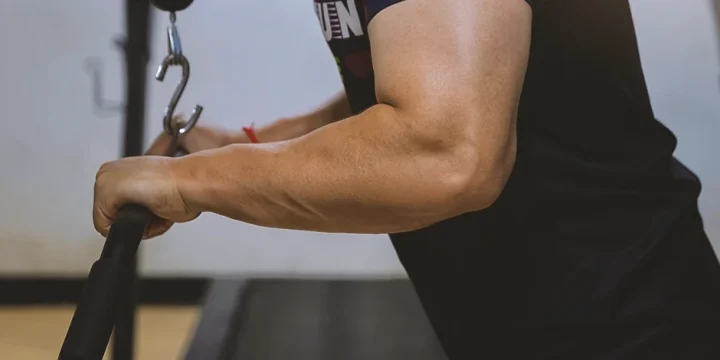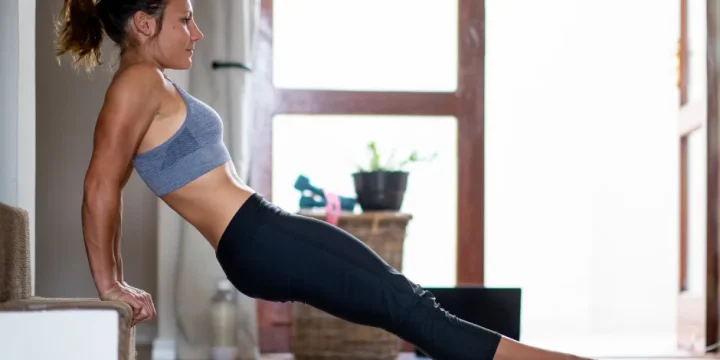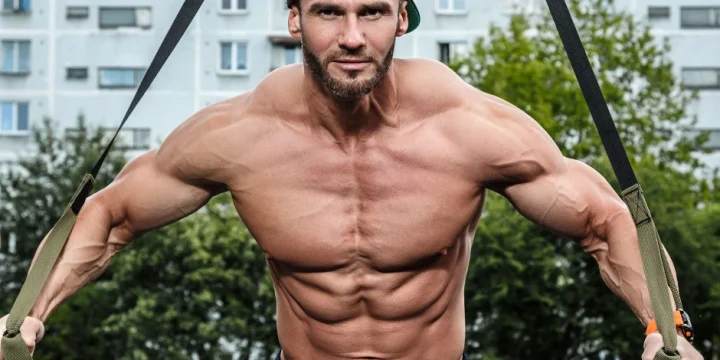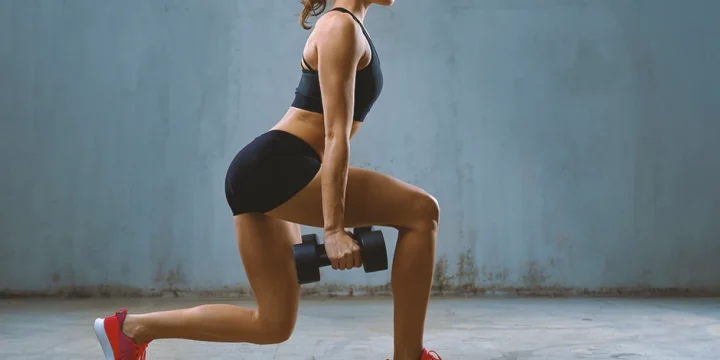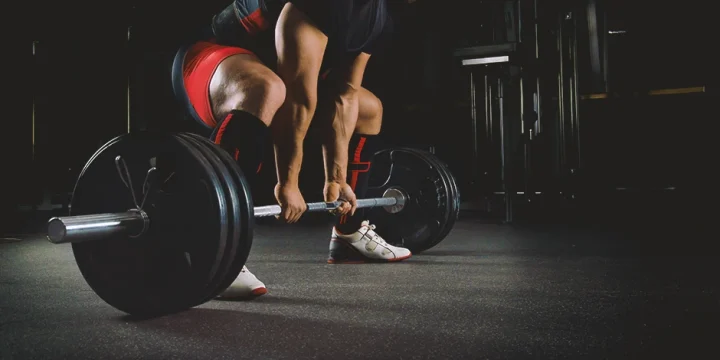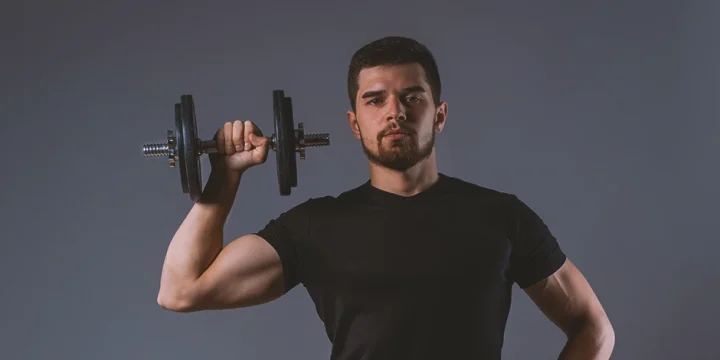Many bodybuilders work under the motto “chest day is the best day," and I have to say that working on the upper body often feels the most rewarding for me as well.
But as a personal trainer, I still see many people at the gym who don’t get their upper-body workout routines right and end up with disproportionate muscles.
So, I got together with the team here at Total Shape, and we organized an online discussion with five other strength coaches to come up with a list of the best upper-body workout options.
Let’s dive in.
Quick Summary
- Targeting upper-body muscles takes some careful planning because there are quite a few muscle groups that work differently.
- You need to plan for a mix of compound and isolation exercises to achieve an even distribution of muscle growth.
- For upper body strength training, aim for three sets of 8–10 reps for muscle bulking or three sets of 12–15 reps for toning.
- From my experience, integrating overhead presses, bench presses, bicep curls, and tricep extensions into regular routines offers the most effective path to upper-body muscle development.
What Are The Best Upper Body Strength Workouts?
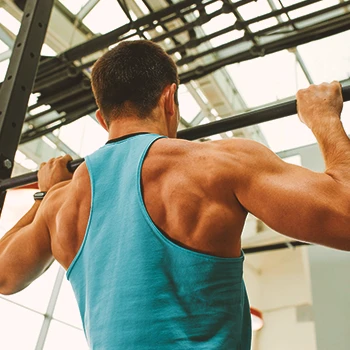
The best upper-body strength workouts are a combination of the overhead press, bench press, biceps curls, and triceps extensions.
These will specifically target upper-body strength through a combination of compound and isolation exercises, as reported by VeryWellFit [1].
Compound exercises, in particular, engage multiple muscles and joints simultaneously, maximizing strain and efficiency.
In my experience as a fitness coach, clients who incorporate these exercises see notable improvements in strength and muscle balance.
Reports published by the International Sports Sciences Association have shown that this can speed up muscle growth as well [2].
But at some point, you’ll want to take a more targeted approach and bulk up specific muscles for a more even visual effect. And that’s where isolation exercises come into play.
“Compound exercise allows you to get a full-body workout in less time, keeps your heart rate up to offer cardiovascular benefits, and generally burns more calories.”
- Tara Laferrara, CPT at Verwellfit.com
Most Effective Workout Sets

Here is a list of our favorite workouts to target your chest, shoulders, arms, and back. If you’re going for muscle bulking, then I recommend doing three sets of 8–10 reps.
And if you just want to achieve some toning, then aim for three sets of 12–15 reps.
Lat Pulldowns
Get yourself set up on a favorite cable machine with your thighs tucked close under the foam padding.
Make sure you have a wide lat pulldown bar attached, and place your hands wider than shoulder-width apart on that bar.
The further apart they are, the more effective this workout will be.
Now, slowly pull down the bar to about your chest height. Hold it there for a second, and then slowly release your arms back up to the starting point. You should feel the burn across your upper back and shoulders.
Learn More: Lat Pulldown Alternatives With Dumbbells and Barbells
Shoulder Flys
I find the best way to do this exercise is to grab a couple of medium-weight dumbbells and then lay on your stomach on a flat bench. Raise each dumbbell off the floor with slightly bent arms.
Pull them up perpendicular to your body without changing the angle of your arms. Then, slowly lower the weights back down to the starting position.
If you don’t have a bench, then place one foot forward and lean into a runner's pose. Then pull up the dumbbells in a wing-like motion.
Chest Flys

You can head to the chest cable machine or do this after you finish the shoulder flys above by doing them on the bench.
Your starting position is lying on your back on the bench, holding a dumbbell in each hand close to your chest.
Push them up with your palms facing each other and a slight bend in your elbows.
Lower the dumbbells down each side without bending your elbows until you get to about shoulder height to avoid overstretching the muscle tissue.
Then pull them back up to the starting point and feel the tension across your upper chest.
Bench Press
The bench press should be a staple exercise on these chest days. Either use an Olympic bar or some dumbbells if you feel more comfortable.
Use a shoulder-width grip on the bar and slowly lower it to your chest.
Then push it back up, but don’t get your arms fully extended. It’s safe to keep a slight bend to avoid joint damage.
In my experience, some of my clients have achieved their best chest development when they combined bench press with mindfulness about their muscle movements, focusing on the chest muscles contracting and expanding.
You can also vary this by setting yourself up for an incline dumbbell press.
Cable Rows
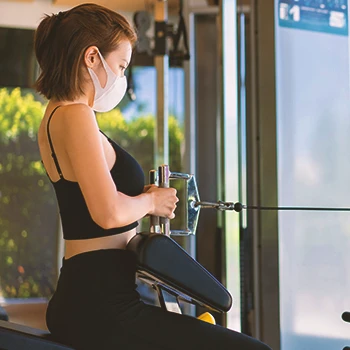
We’re returning to your back, and I would recommend using a cable pulley machine for this. Set up the cable row handle, and don’t be afraid to add some weight.
Place your feet on the platform, then pull the handle all the way to your chest.
At this stage, your shoulder blades should be pulled together and your elbows tucked in beside your body.
Also, make sure you keep your core tight.
Read More: How to Do Cable Upright Row: Tips and Variations
Triceps Pushdowns
Now we’re heading toward the glory muscles in the arms.
My favorite way of doing tricep pushdowns is with the rope attachment on the cable pulley machine, as it also helps to strengthen your hand grip.
Set the rope to a height that is just below your chin to maximize the range of motion.
Now push the rope down while keeping your body completely still, and then slowly release the tension of the weight again.
Several of my clients have found that focusing on the triceps during this exercise, rather than just going through the motions, has led to better muscle engagement and growth.
Preacher Curls
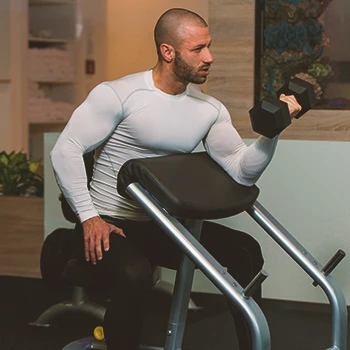
You can’t work on your upper arms without doing some biceps exercises. There are dozens of ways to use cable machines, barbells, and dumbbells, but my favorite is the preacher curl.
Set up an EZ bar with an appropriate weight and get comfortable at a preacher's station.
Rest your elbows on the padding and hold the bar with your lower arms vertical and palms facing you.
Now slowly let the weight pull your forearms down and then pull them up while focusing on getting maximum biceps pumps.
Forearm Curls
This is something that many bodybuilders don’t do enough of, and it can put your arm muscles out of proportion.
Place your forearms vertically on a bench with your hands holding a dumbbell over the edge.
Your palms should be facing up first, and allow your wrist to bend downward.
Then slowly pull the dumbbell back up until your wrist joint is fully bent in the opposite direction. Also, make sure that you repeat this exercise with your palms facing down, as there are several muscles in your forearms that you want to trigger.
Lateral Raises
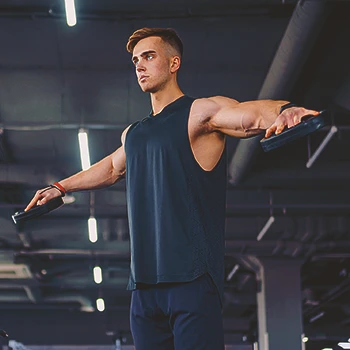
Here’s a great exercise that won’t require any heavy weights at all. You can even do these with resistance bands and still bring on the burn.
Stand with your feet shoulder-width apart and a slight bend in your knees.
Hold a dumbbell in each hand beside your body and keep your arms straight for the entire movement.
Now slowly raise your hands next to your body until the dumbbells reach shoulder height, and hold them there for a second.
Then slowly return to the starting position.
Pull-Ups
Don’t shy away from this exercise, even if you can’t complete full pull-ups yet. You can use a chair below the pull-up bar for some support until you get stronger.
The great thing about this bodyweight exercise is that it will work wonders on your upper back muscles.
Set yourself up with your hands shoulder-width apart on the bar and your palms pointing away from you.
Then slowly pull yourself up until your chin reaches the bar, and then lower yourself down again. Make this a slow movement to increase time under tension for maximum effects as recommended by studies published by the Journal of Physiology [3].
Overhead Press
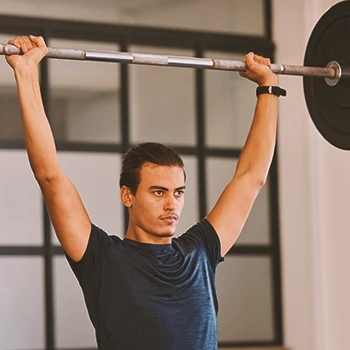
And finally, here’s another great way to work on your shoulders with a barbell.
Stand up tall and hold the bar with an underhand grip at about shoulder height.
Now push the bar slowly up above your head and look up at the ceiling to get your chin out of the way.
Focus on maintaining your balance, then lower the bar back down to the starting point.
What Muscle Groups Should You Target?

You should target all the muscle groups from your chest to your back and from your forearms to your shoulders.
Before you start planning your upper-body workout session, it’s important to break things down into the different muscle groups you want to target.
Here’s how to break things down:
- Biceps
- Triceps
- Forearms
- Shoulders
- Chest
- Back
As mentioned above, you can target muscle growth in these areas in different ways.
Additional Tips
Aim to achieve a mind-muscle connection by focusing on the muscle being worked during each exercise, visualizing its contraction and relaxation. This technique not only improves muscle engagement but also enhances workout effectiveness.
Additionally, nutrition plays a crucial role in muscle development. Consuming a balanced diet rich in protein, healthy fats, and carbohydrates is essential for muscle growth and recovery.
Consider the importance of rest and recovery. Adequate sleep and rest days are essential for muscle repair and growth, ensuring you get the most out of your upper body workouts.
FAQs
Is 4 Exercises Enough For Upper Body Workouts?
No, four exercises are not enough for upper-body workouts. You will barely cover all the upper arm, shoulder, back, and chest muscles with such an approach and should instead aim for about 8–10 different exercises.
Can You Train All The Upper Body In One Day?
Yes, you can train all the upper body in one day. It will likely take a longer-than-average training session, but keeping these exercises completely separate from the lower-body ones will give you more focus.
References:
- https://www.verywellfit.com/which-is-better-compound-or-isolation-exercises-3120718
- https://www.issaonline.com/blog/post/get-bigger-faster-and-stronger-with-compound-exercises
- https://www.ncbi.nlm.nih.gov/pmc/articles/PMC3285070/
About The Author
You May Also Like
